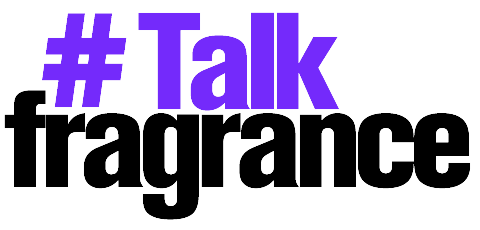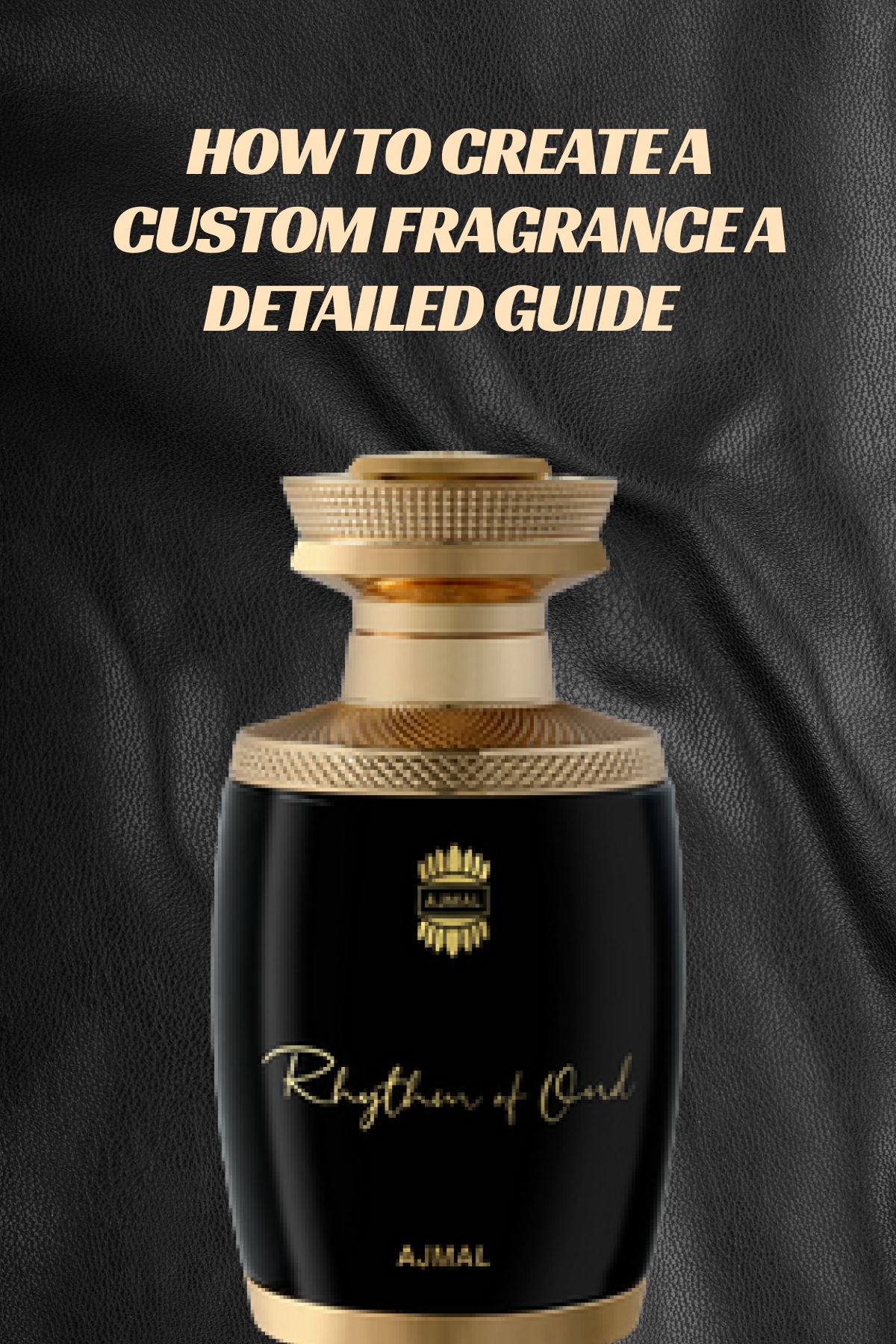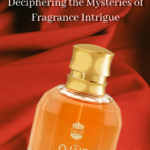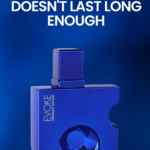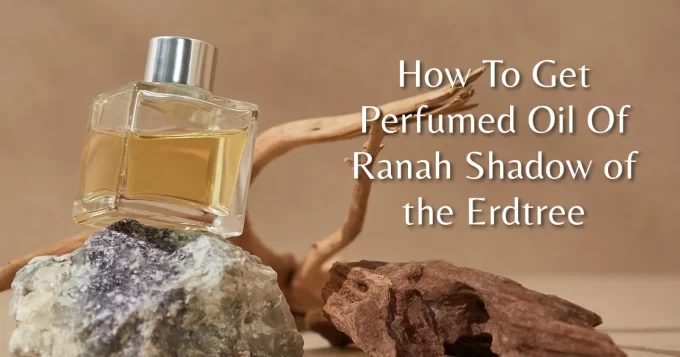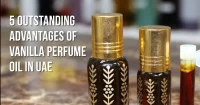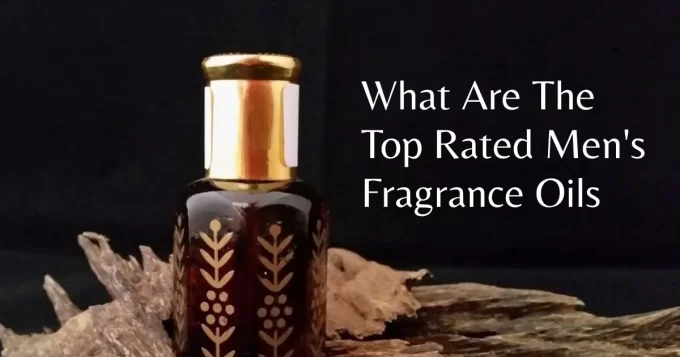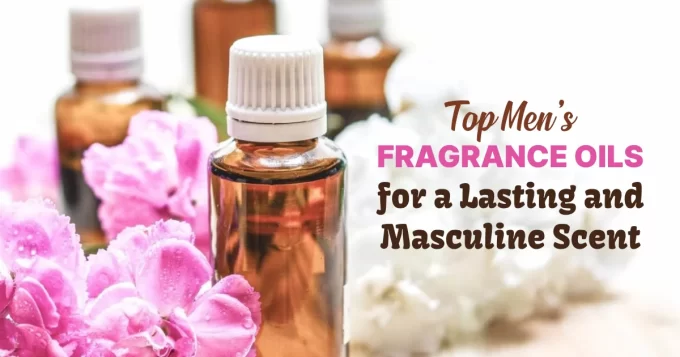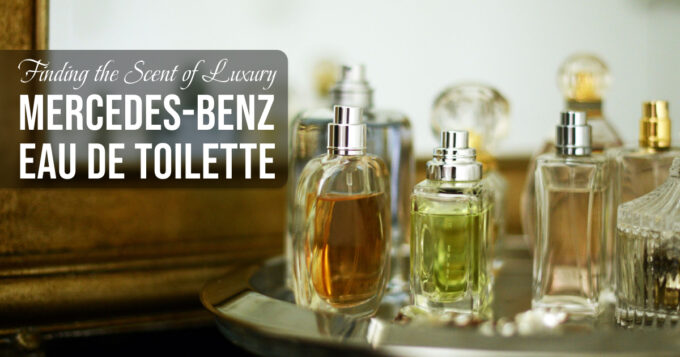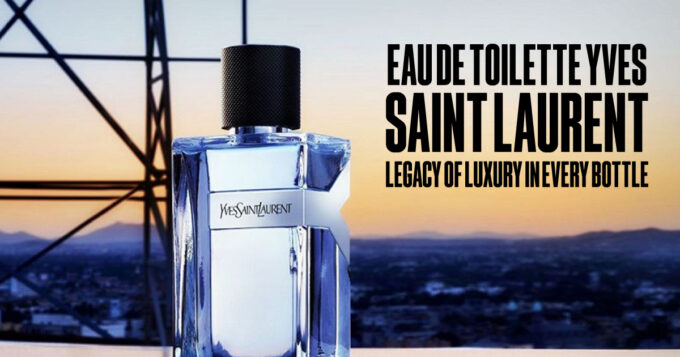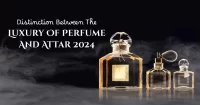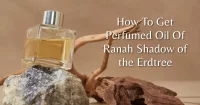How to Create a Custom Fragrance: A Detailed Guide
Making your own perfume is a very fulfilling and intimate process that gives you the ability to showcase your unique personality through a signature fragrance. A custom perfume is made especially for you, based on your preferences and personality, unlike commercial scents.
This is a thorough handbook that will help you create your own unique scent, covering everything from the fundamentals of perfumery to the actual mixing procedure.
Comprehending the Fundamentals of Fragrance
Understanding the foundations of perfumery is crucial before beginning the creation process:
1. Notes on Fragrance:
Different notes are layered into perfumes, and these notes reveal themselves gradually:
Top Notes: These are the smells you detect right away when you apply. For example, citrus and herbs are often light and evaporate quickly.
Notes on the Middle (Heart): These, which include florals and spices, come out after the top notes fade and make up the fragrance’s core.
Notes on Base: The scents that linger the longest are those with depth and longevity, such woods, musks, and vanilla.
2. Families of Fragrances:
Based on their defining traits, fragrances are divided into different families:
Oriental: Vanilla, amber, spices –
Fresh:Green, aquatic, ozonic –
Citrus:Lemon, bergamot, grapefruit –
Woody: Sandalwood, cedar, vetiver
The strength and longevity of a perfume are influenced by the concentration of aromatic compounds.
For example,
Parfum (Extrait de Parfum): 20–30% aromatic compounds, very long-lasting;
Eau de Parfum (EDP): 15-20% aromatic compounds, long-lasting;
Eau de Toilette (EDT): 5–15% aromatic compounds, moderately lasting;
Eau de Cologne:2-4% aromatic compounds, light and short-lasting
Components and Equipment
To make your custom perfume, you will require the following supplies and equipment:
Ingredients:-
Essential Oils: Unadulterated extracts derived from organic sources, such as orange, lavender, and sandalwood.
Fragrance Oils: Blends of natural or synthetic substances intended to resemble particular aromas.
Carrier Oils: Neutral oils, such as jojoba or sweet almond, are used to dilute essential oils.
Alcohol: To blend and maintain the aroma, use high-proof ethanol (such as perfumer’s alcohol).
If necessary, distilled water can be used to modify the concentration.
Tools:
Glass Bottles: For blending and storing your perfume, use these dark glass bottles with droppers.
Droppers/Pipettes: For accurate oil measuring.
Measuring Cups: Accurate, small, graded cups.
Notebook: To keep track of your observations and formulas.
The Method of Blending
Making your custom scent requires the following steps:
1. Define Your Vision:
Think about the message you want to create with your fragrance. Is it supposed to be warm and sensual, energizing, or something else entirely? Consider the feelings you want it to arouse as well as the situations you’ll wear it to.
2. Select Your Notations:
Choose a set of notes that includes the top, middle, and base. Strive for a well-balanced mixture, usually with:
– 30% of the highest notes
– Half of the middle notes
– Twenty percent of basic notes
The composition of the sample is as follows: Top Notes: Bergamot, Lemon, Lavender – Middle Notes: Rose, Jasmine, Cardamom – Base Notes: Sandalwood, Vanilla, Patchouli
3. Formula Creation:
Make a formula with the notes you have selected. For a 10 milliliter perfume, you may begin with:
– 3 milliliters of top notes
– 5 milliliters of middle notes
– Two milliliters of base notes
4. Blending:
Step 1: Measure each oil out using pipettes in accordance with your formula.
Step 2: In a glass bottle, combine the essential oils.
Step 3:Pour perfumer’s alcohol (usually between 70 and 90 percent of the total volume) into the mixture.
Step 4: Gently shake to blend.
5. Getting Older:
Your perfume should be left in a dark, cold place for at least 48 hours, but ideally for up to six weeks. This makes it possible for the notes to meld and develop, creating a scent that is more harmonic.
6. Last Minute Adjustments:
Test your perfume after it has aged. If needed, modify the concentration or add more of a particular note to the formula. Recall to let it sit again following any modifications.
7. Filling the Bottle:
Using a fresh pipette, transfer your perfume to the last bottle once you’re happy with the blend. For future reference, write the name, date, and formula on it.
Success Suggestions
1. Begin Basic:
Start with a little quantity of essential oils. You can experiment with more complex mixtures as you get more at ease.
2. Make Notes:
Keep a record of each stage in your procedure. Take note of the quantities, observations, and any changes. This will assist you in improving your formulations and duplicating blends that work.
3. Examine and Improve:
Make tiny pilot batches and then go on to larger production runs. Try wearing your perfume and seeing how it changes with time and environment.
4. Have patience:
A fragrance that is well-rounded must undergo maturing. Take your time and allow your blend to fully develop so you can recognize its actual nature.
5. Trust Your Nose:
Fragrance production is a science and an art combined. Never hesitate to try new things and have faith in your preferences and instincts.
Final Thoughts
The process of creating a custom scent blends science, creativity, and individual expression in a fulfilling way. With a rudimentary understanding of perfumery, appropriate ingredient selection, and meticulous blending, you may create a one-of-a-kind fragrance that embodies your distinct personality.
Accept the craft of creating perfumes and relish the satisfaction of donning a scent that is exclusively yours.
